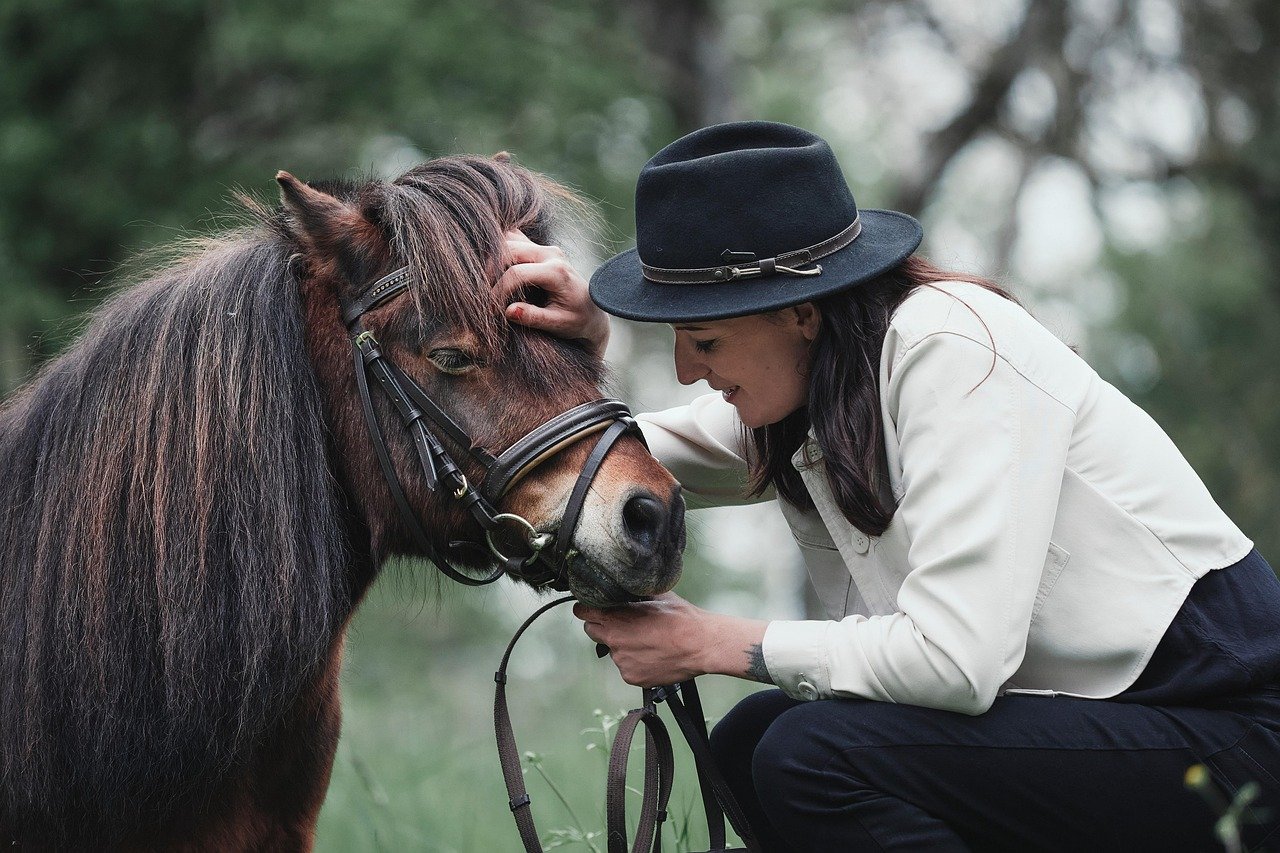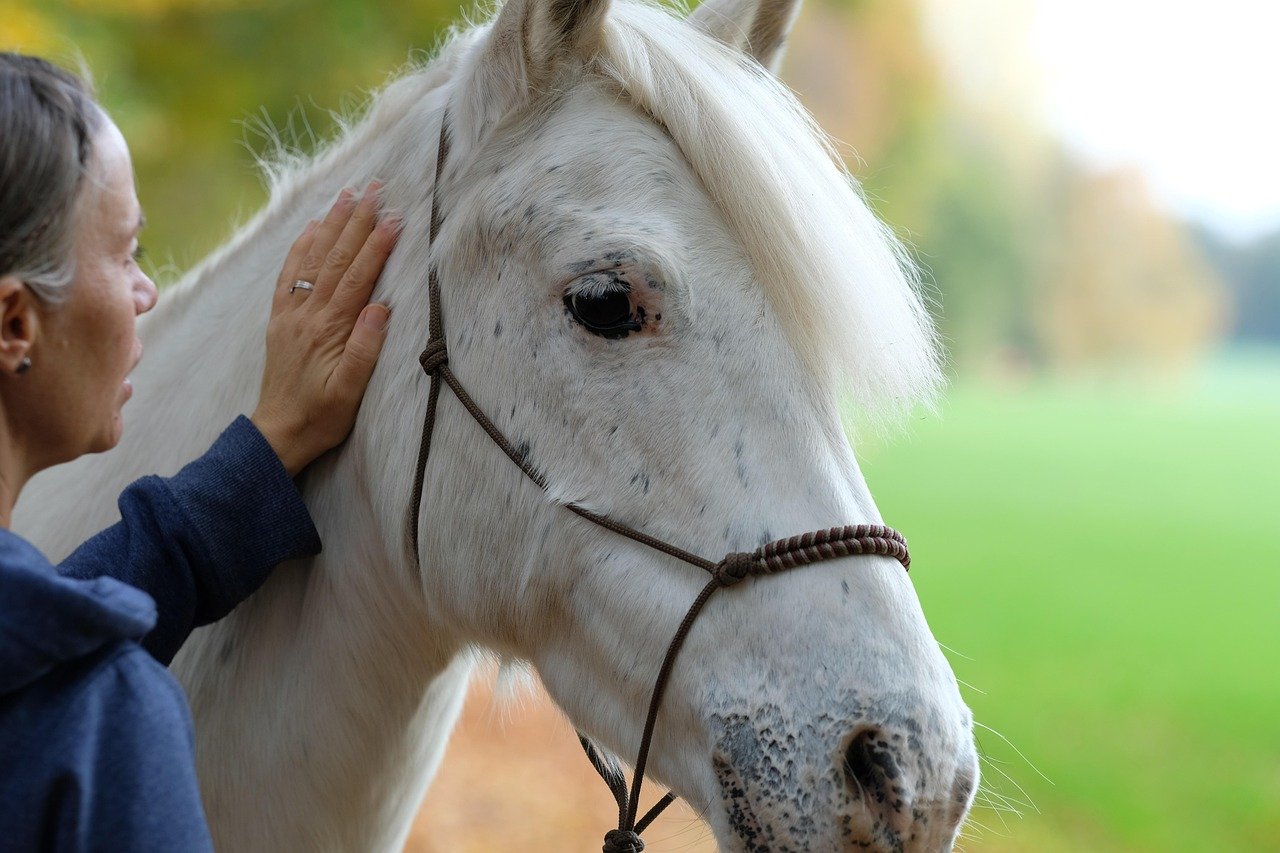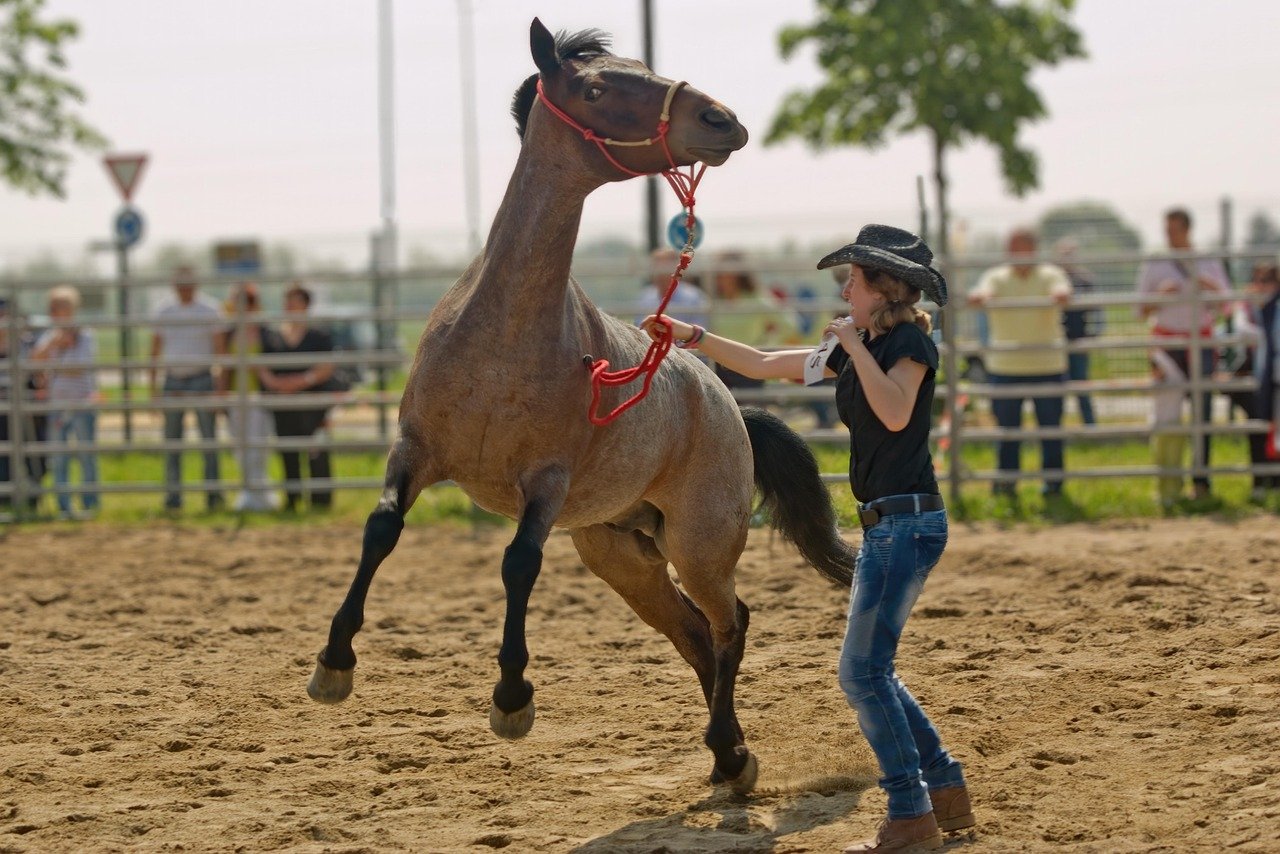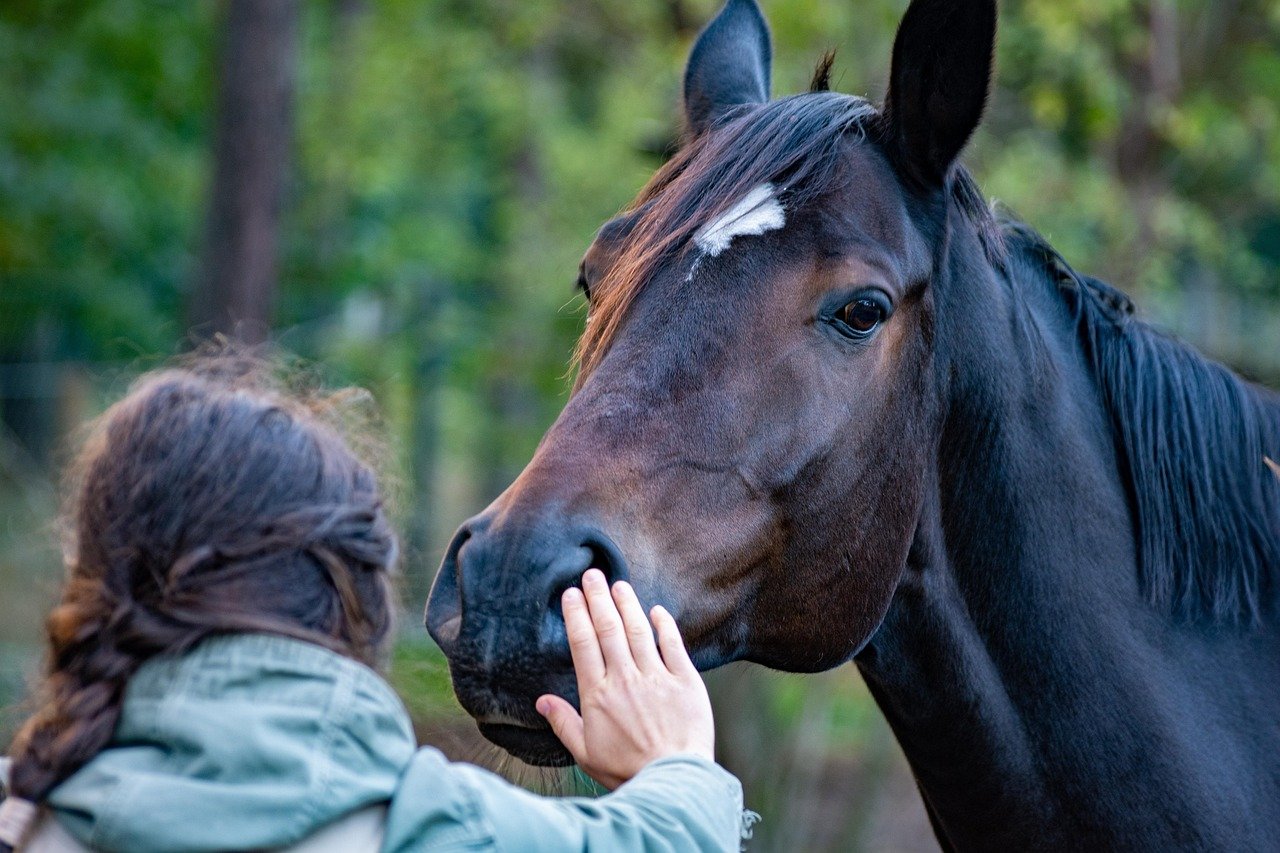Have you ever stood beside your horse, feeling both awe and a flicker of uncertainty? That rush of excitement mixed with nerves is something every horse lover knows. Horses are powerful, sensitive creatures who respond to our every mood and movement. The bond between a human and a horse isn’t just beautiful—it’s transformative. But building confidence, both in yourself and in your horse, doesn’t happen overnight. It’s a journey filled with small victories, lessons in patience, and moments of pure joy. Ready to deepen your trust and create an unbreakable connection? Let’s dive into what it really takes to build confidence and bond with your horse.
Understanding Your Horse’s Personality
Every horse is unique, just like people. Some are bold and curious, eager to try new things, while others are shy or easily startled. Getting to know your horse’s personality is the first key step. Watch how your horse reacts in different situations—does it perk its ears and step forward, or hang back and snort? Pay attention to the small signals: the twitch of a tail, a soft nicker, or a nervous glance. These clues tell you what makes your horse comfortable or anxious. Take time to observe your horse in the pasture and during handling. The better you understand your horse’s quirks and preferences, the easier it is to build trust. Treat your horse as a partner, not a project, and remember that patience goes a long way. When you respect your horse’s individuality, you lay the groundwork for a strong, lasting bond.
Consistent Routine and Positive Reinforcement
Horses thrive on routine. They find comfort in knowing what to expect, and a consistent schedule helps them feel secure. Feeding, grooming, and training at the same times each day can work wonders. Positive reinforcement—rewarding your horse for good behavior—builds confidence on both sides. This can be as simple as a scratch on the withers, a gentle word, or the occasional treat. If your horse accomplishes something new, celebrate the achievement, no matter how small. Avoid punishment or harsh corrections, as these can break trust and make your horse anxious. Instead, focus on encouragement and gentle guidance. When your horse learns that good things happen when it tries, it becomes more willing to engage and learn. It’s a bit like raising a child—kindness and consistency are your best tools.
Groundwork: Building Trust from the Ground Up

Before you ever climb into the saddle, groundwork is where your relationship truly begins. Leading, lunging, and simple exercises like yielding the hindquarters help your horse see you as a trustworthy leader. Use calm, clear signals, and always reward cooperation. Groundwork is also a great way to read your horse’s mood and energy. Is your horse relaxed, or is it tense and distracted? Adjust your approach accordingly. Some days, just walking together quietly around the paddock can do more for your bond than a long training session. Remember, every minute spent on the ground builds understanding. It’s not just about teaching your horse to obey—it’s about communication, respect, and friendship. The stronger your connection on the ground, the safer and more confident you’ll both feel when riding.
The Power of Patience and Timing

Patience is not just a virtue—it’s a necessity when working with horses. Progress can be slow, and setbacks are part of the journey. If your horse gets nervous or refuses to cooperate, take a deep breath and give it time. Forcing the issue only creates fear. Instead, break tasks into small, manageable steps, and celebrate every bit of progress. Timing matters, too. Reward your horse immediately after it does something right, so it connects the praise with the action. Horses live in the moment; they don’t understand delayed feedback. Stay calm, even when things don’t go as planned. Your horse will pick up on your energy—if you’re relaxed and positive, it will be, too. Building confidence is a marathon, not a sprint, but the rewards are worth every moment spent.
Building Confidence in the Saddle

Once you’re ready to ride, start with simple, familiar activities. Walk your horse in a controlled environment where it feels safe. Gradually introduce new challenges, like different obstacles or varied terrain, but never rush. If your horse hesitates, encourage it gently, offering reassurance rather than pressure. Your own body language is powerful—sit tall, keep your hands steady, and speak in a calm voice. If you’re anxious, your horse will sense it and become anxious, too. Practice breathing deeply and relaxing your muscles. Celebrate small milestones, like a confident trot or a brave step over a pole. Over time, both you and your horse will gain confidence with each ride. Remember, riding should be fun for both of you, not a test of wills.
Grooming and Care: The Heart of Connection
There’s something magical about the quiet moments spent grooming your horse. Brushing, picking hooves, and running your hands over your horse’s coat isn’t just about cleanliness—it’s about trust. These gentle, hands-on interactions help your horse associate your presence with comfort and safety. Take your time and pay attention to your horse’s reactions. Does it lean into your touch or flinch away? Use grooming time to talk softly, hum a tune, or simply share the silence. Horses remember the people who treat them with kindness. Over time, the simple act of grooming will become a ritual that deepens your bond. You’ll notice your horse greeting you at the gate, eager for that daily connection.
Facing Challenges Together

Every horse and rider face challenges—fear of new places, reluctance to trailer load, or sudden spooks. Instead of seeing these moments as setbacks, view them as opportunities to strengthen your relationship. Approach challenges with curiosity, not frustration. If your horse refuses an obstacle, break it down into smaller steps and offer lots of praise for each try. Show your horse that you’re a reliable leader, someone who doesn’t panic when things get tough. Sometimes, it means taking a step back and working on basics. Other times, it’s about putting in the extra effort to reassure your horse. By facing challenges together, you and your horse learn to trust each other more deeply. The victories you share—no matter how small—will be the stories you remember for years.
The Joy of Quiet Moments

Not every interaction needs to be about training or riding. Some of the strongest bonds are built in quiet, unhurried moments. Sit in the pasture while your horse grazes, or bring a book and read aloud as it dozes nearby. Horses are incredibly perceptive—they know when you’re calm and present. These peaceful times help your horse see you as a friend, not just a trainer. You might be surprised at how your horse seeks you out, nuzzling your shoulder or gently nudging your pocket for treats. It’s in these moments of stillness that true confidence and connection grow. Sometimes, doing nothing together is the most meaningful thing you can do.






